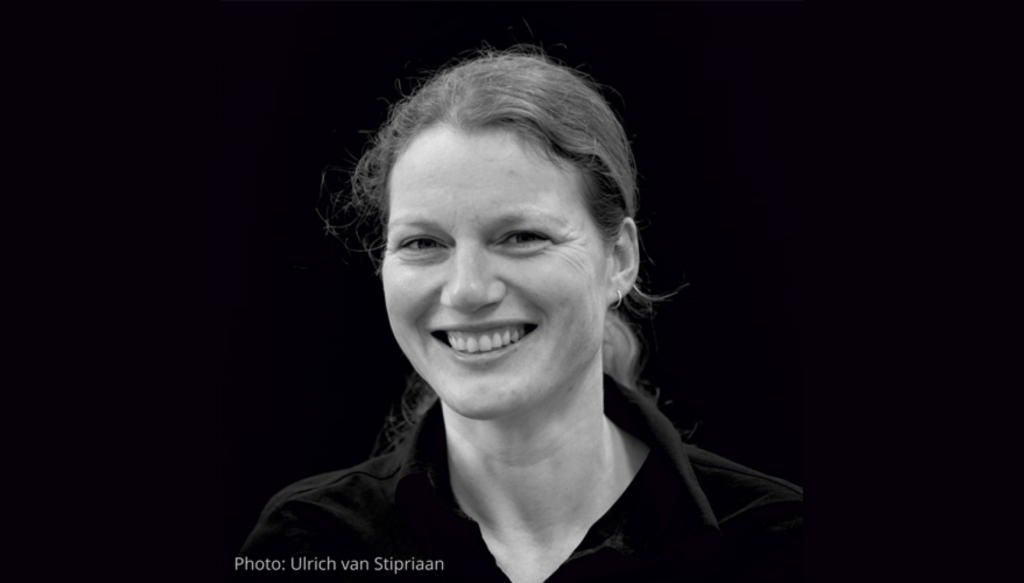Projects Overview A5/II Strengthening on the rear side of flat stirrup reinforced solid construction elements against impact
A5/II Strengthening on the rear side of flat, stirrup reinforced solid construction elements against impact
The impact resistance of reinforced concrete slabs can be increased by layers of thin mineral-bonded matrices with embedded fibre based fabrics. To fully prove the potential of the developed strengthening concepts investigations and optimizations are necessary. Of interest is, for example, how the effectiveness of the strengthening measure depends on the design of the basic component. Especially the aspect of the presence of stirrup reinforcement which influences the punching angle is essential. The activation of the reinforcement in the strengthening layer also requires in-depth consideration. Engineering models developed so far do not sufficiently represent the load-bearing behaviour and must be improved.

Left to right: Structure and sensor development for reinforcing elements that are based on continuous fibers and suitable for impact scenarios; impact testing technology
Stirrup-reinforced slabs are often used in reinforced concrete structures exposed to higher loads, such as bridges or rockfall galleries. Although it is known that stirrup reinforcement influences the stress and deformation state, but also crack development (including the shape and expansion of a punching cone), this stirrup effect has been neglected in the past in impact tests with reinforced plates and in engineering models. This should be investigated in order to obtain a complete understanding of the effect and performance of strengthening layers on the rear side of impacted components. The quantitative damage description must be extended by the stirrup effect and the engineering model must be validated accordingly. The interaction of reinforcement fabrics and fibre concrete matrices must also be intensified. Accompanying numerical investigations at macro level can significantly improve the understanding of the effects occurring during the impact process and support the evaluation of the experiments.
Contributors

© Tin Trong Dinh
Doctoral Researcher
(2020-2023)
Dipl.-Ing. Franz Bracklow
Contact
Institute of Concrete Structures
TU Dresden
August-Bebel-Straße 30
01219 Dresden
Germany

Principal Investigator
apl. Prof. Birgit Beckmann
Contact
Institute of concrete structures
ABS, Floor 05, Room 027
August-Bebel-Straße 30/30A
01219 Dresden
Germany
- Birgit.Beckmann@tu-dresden.de
- Institute
- +49 351 463 38687
- +49 351 463 37289

Principal Investigator
Univ.-Prof. Dr.-Ing. Dr.-Ing. E.h. Manfred Curbach
Contact
Institute of concrete structures
ABS, Floor 05, Room 009
August-Bebel-Straße 30/30A
01219 Dresden
Germany
- Manfred.Curbach@tu-dresden.de
- Institute
- +49 351 463 37660
- +49 351 463 37289

in cooperation with
Univ.-Prof. Dr.-Ing. habil. Michael Kaliske
Contact
Institute of Construction Materials
Von-Mises-Bau (VMB), Room 101A Georg-Schumann-Straße 7
01187 Dresden
Germany
- michael.kaliske@tu-dresden.de
- Institute
- +49 351 463 34386
- +49 351 463 37086

